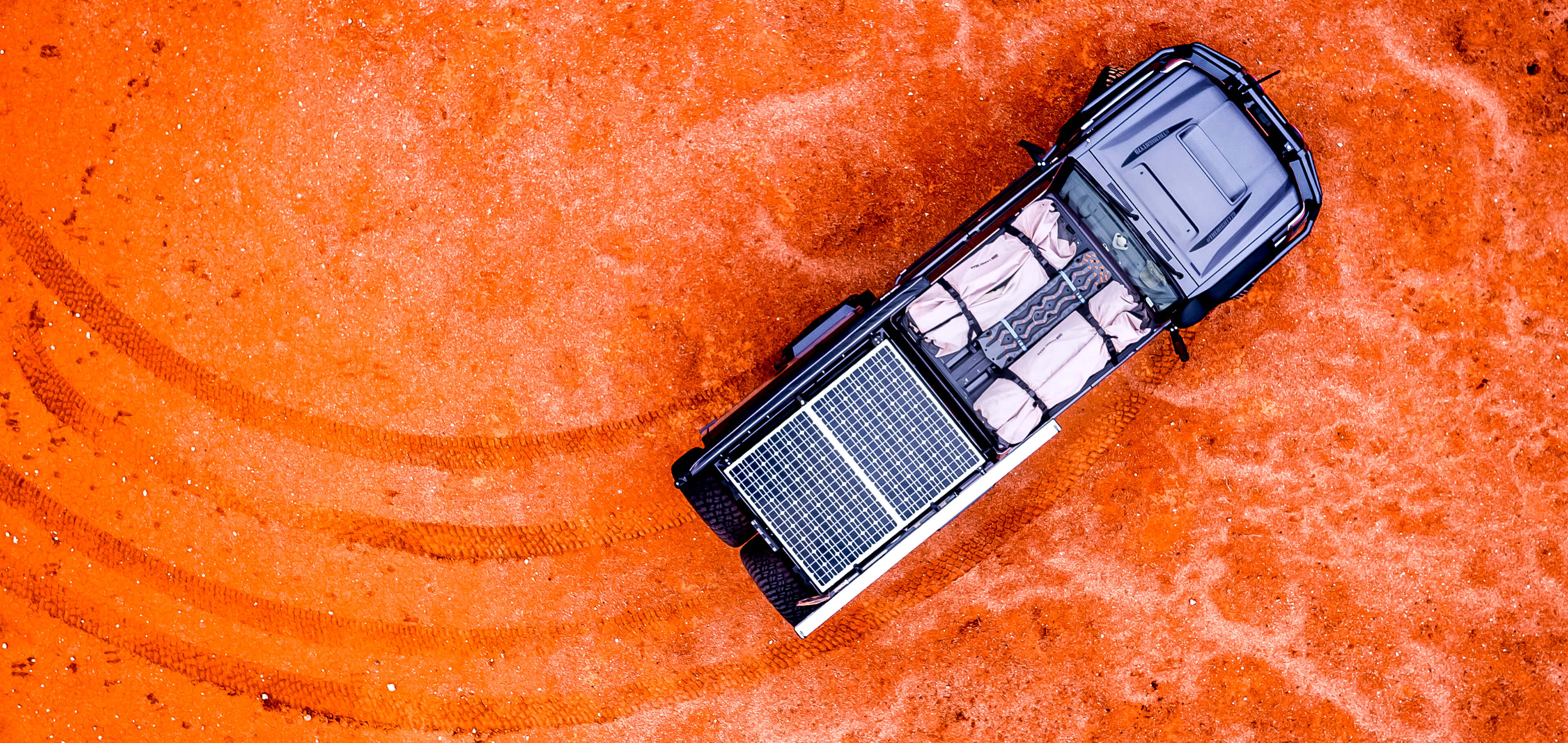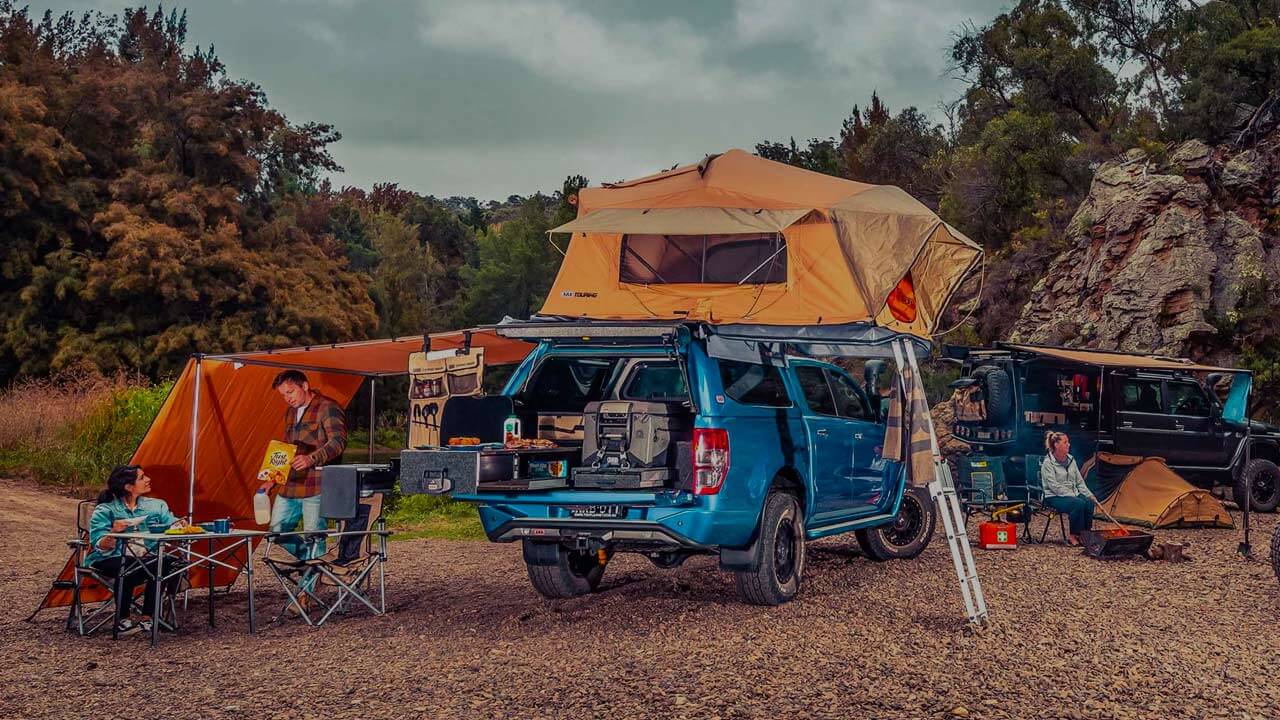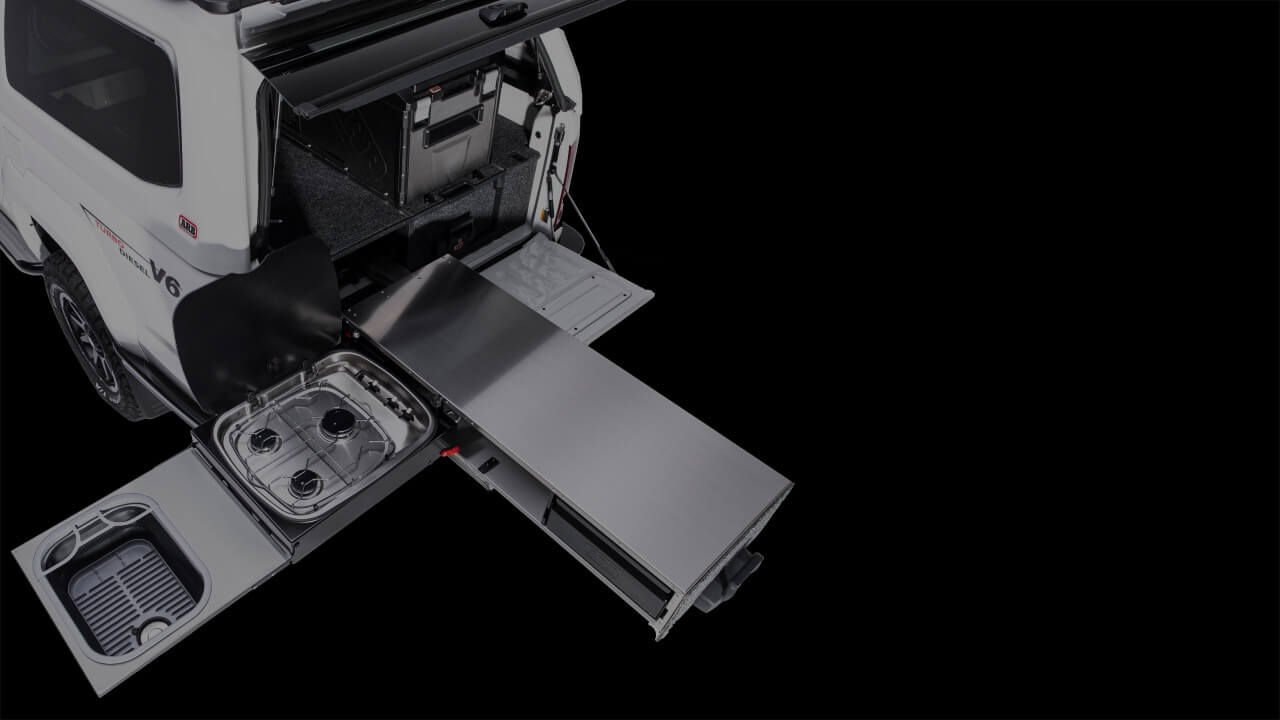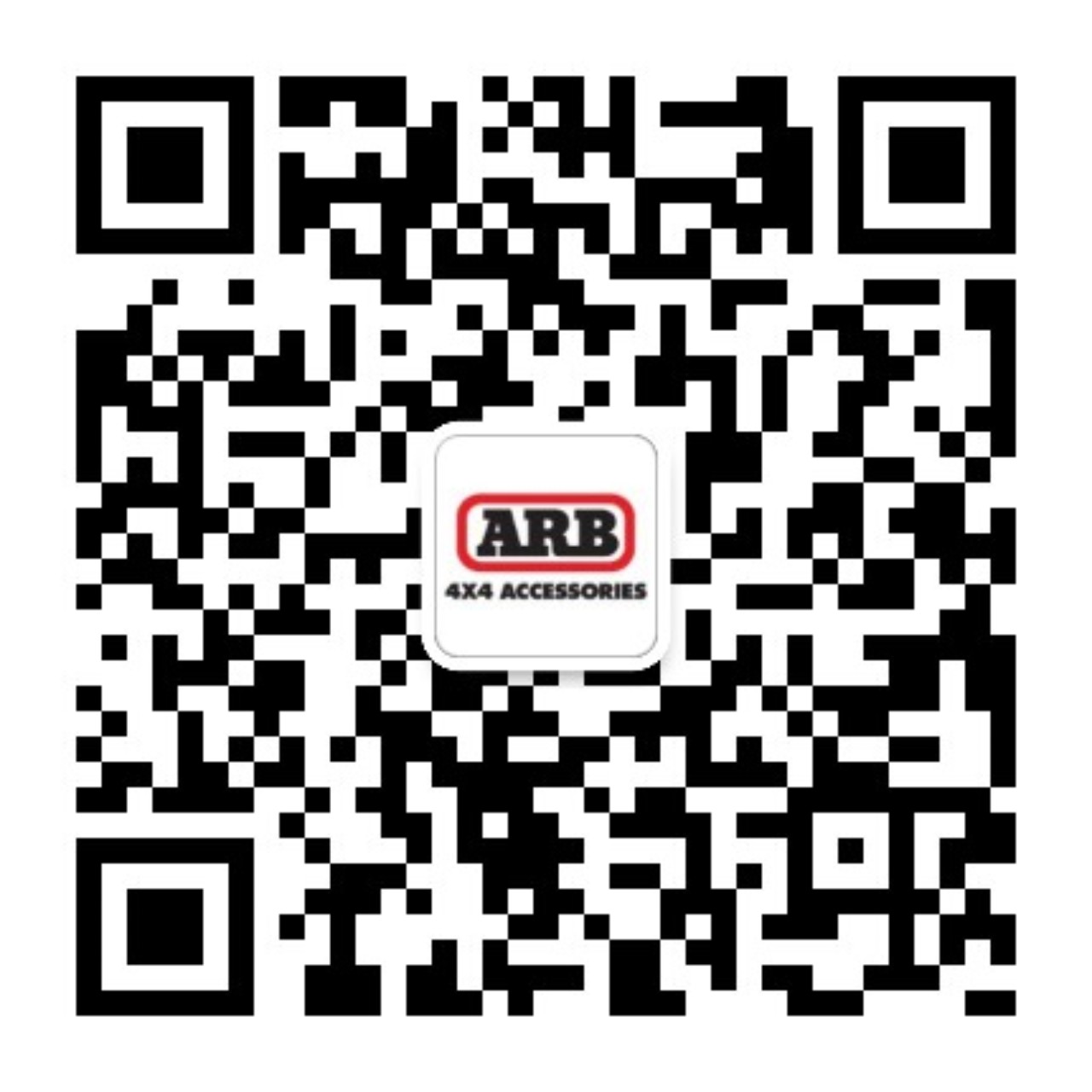About Solar Power Systems
Solar isn’t a one size fits all solution, and with a wide variety of solar products available to 4WD tourers, it’s important to have a basic understanding of the technology, its benefits over traditional charging methods and how to ensure the system you’re considering is suitable for your application.






